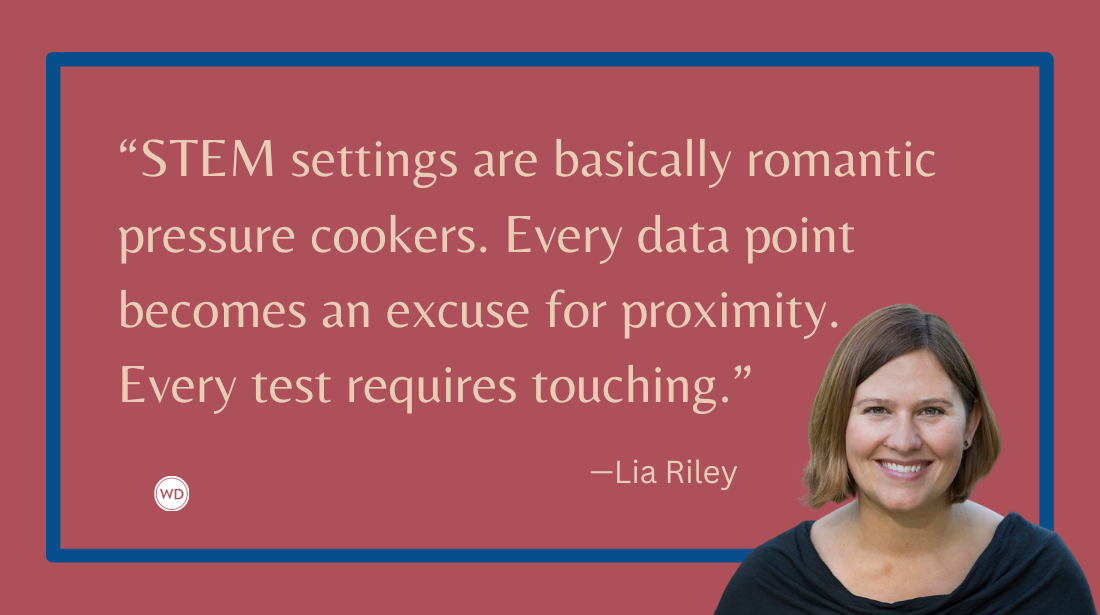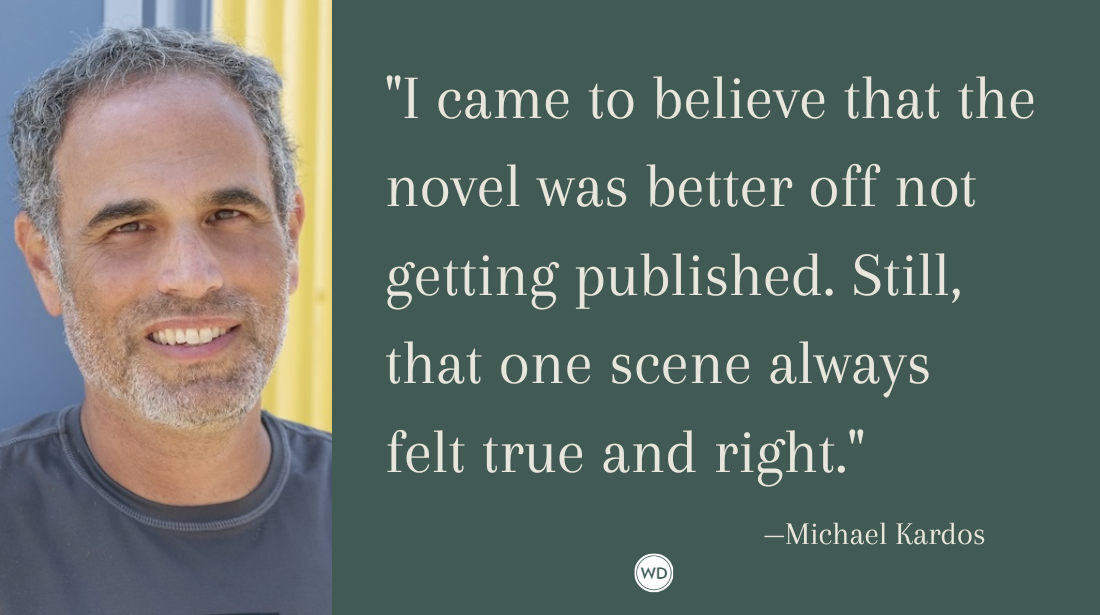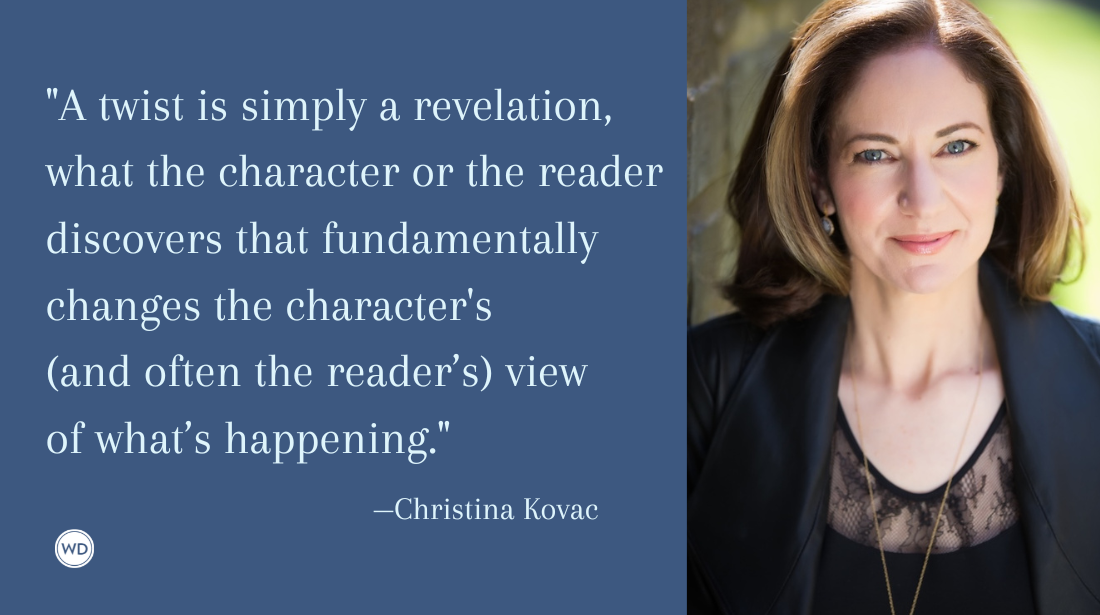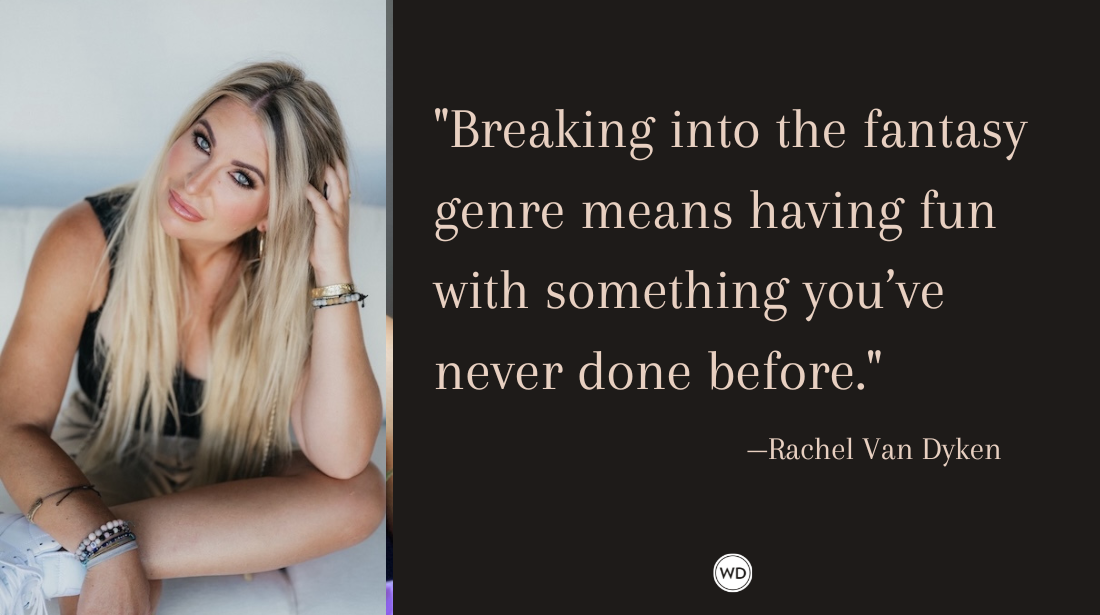Using Facts As the Base of Science Fiction
Miracle Man and The Austin Paradox author William R. Leibowitz tells how to base science fiction on fact so that stories seem plausible—without boring the reader.
Miracle Man and The Austin Paradox author William R. Leibowitz tells how to base science fiction on fact so that stories seem plausible—without boring the reader.
If a work of science fiction is to be believable and engrossing, the science in it must be plausible—and the science must be understandable to the reader. Too much detail easily becomes boring and makes the reader think he or she is back in school being harangued by a tedious teacher. Too little detail, and the author is asking the reader to take giant “leaps of faith” and this undermines the credibility of a science fiction story.
When I wrote the medical/psychological/conspiracy thrillers Miracle Man and The Austin Paradox, I was confronted with these issues. The protagonist in both novels, Robert James Austin, is the greatest scientific genius in human history. But I couldn’t just ask the reader to believe this—I had to demonstrate to the reader that Austin did have these remarkable talents from a very young age. And when Austin proceeded to cure one disease after another, I had to make his discoveries believable, or the plot would just become fantastical—and I would lose the reader.
This required me to spend a great deal of time doing extensive research in two areas:
- the nature of human intelligence (particularly genius); and
- diseases, treatments, attempted cures—and the medical/scientific methodology relevant to formulating cures.
Regarding #1—I researched the lives of actual geniuses so that I could understand how genius manifests itself at various ages –and the behaviors often attendant to genius. Because Robert James Austin has an intelligence that is unique in human history (i.e., 10X that of Einstein), I extrapolated from my research and “pumped up” various things about Austin to reflect his extraordinary abilities. So, while I highly magnified elements of Austin’s behavior and thought processes, they are grounded in documented realities and hence, became credible. In fact, no reader or reviewer ever made a negative comment regarding the “believability” of Austin’s genius.
Regarding #2—The medical/scientific aspects of both novels, I knew that in order for the story to hold the reader, there had to be plausible scientific foundations for the ways in which Austin invented cures and the way that his cures worked. I couldn’t just declare to the reader, “And then he cured this disease and then he cured that disease”. At the same time, however, I was mindful that I had to minimize the science so that it didn’t bore the reader. The cures that Austin devises in both novels are creative, but believable, and the scientific explanations given for these cures and the way in which Austin devised them are completely plausible. This was proven when I received numerous letters from medical doctors and disease research scientists who read the novels and told me that they found these “cures” to be so interesting as to wonder if they would work in the real world!
In The Austin Paradox, Robert James Austin faces his greatest challenge: finding a cure for a new disease that was created by terrorists and has become a pandemic. As humanity faces extinction, Austin must invent revolutionary scientific concepts to formulate a cure. Coming up with this was a great challenge for me as an author, but the detailed scientific explanations that are in the novel resonate with the reader as being plausible.
Simply put—if the science in the novel appears to be amateurish or “junk science,” then the author will lose the reader and the novel will fail. Readers who enjoy science fiction books want fiction and good storytelling, but they also want science that is credible and that allows them to be swept away into the story. Good science makes for good science fiction.
The same requirements pertain to any factual matter that is included in science fiction writing. For example, both Miracle Man and The Austin Paradox are highly critical of Big Pharma, which views Austin as its worst nightmare because Austin, unlike the pharma companies, seeks to cure diseases rather than merely treat symptoms. Austin’s discoveries kill off many of Big Pharma’s most profitable “cash-cow” treatments and Pharma devises various draconian plans to destroy Austin. To paint a realistic picture of this and immerse the reader in the dynamic conflict between Big Pharma and Austin, I had to do a lot of research into the actual documented workings of the pharmaceutical industry, both in terms of science and also the industry’s political maneuvering and interface with powerful governmental forces. This attention to detail brings this aspect of the story to life.
Similarly, one of the driving subplots of The Austin Paradox deals with international financial manipulations and money laundering. To make these somewhat complex areas realistic and interesting to the reader, much research was needed. Realism and accuracy of this type of information, when woven into the plot lines, capture readers.
If the author does the scientific research and puts in the required time and effort, his or her novels will transcend mere fictional storytelling. The “science” will imbue the books with a realism that creates a multi-dimensional experience for the reader and that, in turn, will heighten the reader’s immersion in the novel.
In WD University's 12 Weeks to a First Draft, you will tackle the steps to writing a book, learn effective writing techniques along the way, and of course, begin writing your first draft. Register today!
About William R. Leibowitz
William R. Leibowitz has been practicing entertainment law in New York City for a number of years. He has represented numerous renowned recording artists, songwriters, producers and many of the leading record companies, talent managers, merchandisers and other notable entertainment businesses. At one point, he was the Chief Operating Officer/General Counsel for the Sanctuary Group of Companies, a U.K. public company that was the largest 'indie' music company in the world (prior to its acquisition by the Universal Music Group). William has a Bachelor of Science Degree from New York University (magna cum laude, Phi Beta Kappa) and a law degree from Columbia University. He lives in the village of Quogue, New York with his wife, Alexandria, and dog, George.









